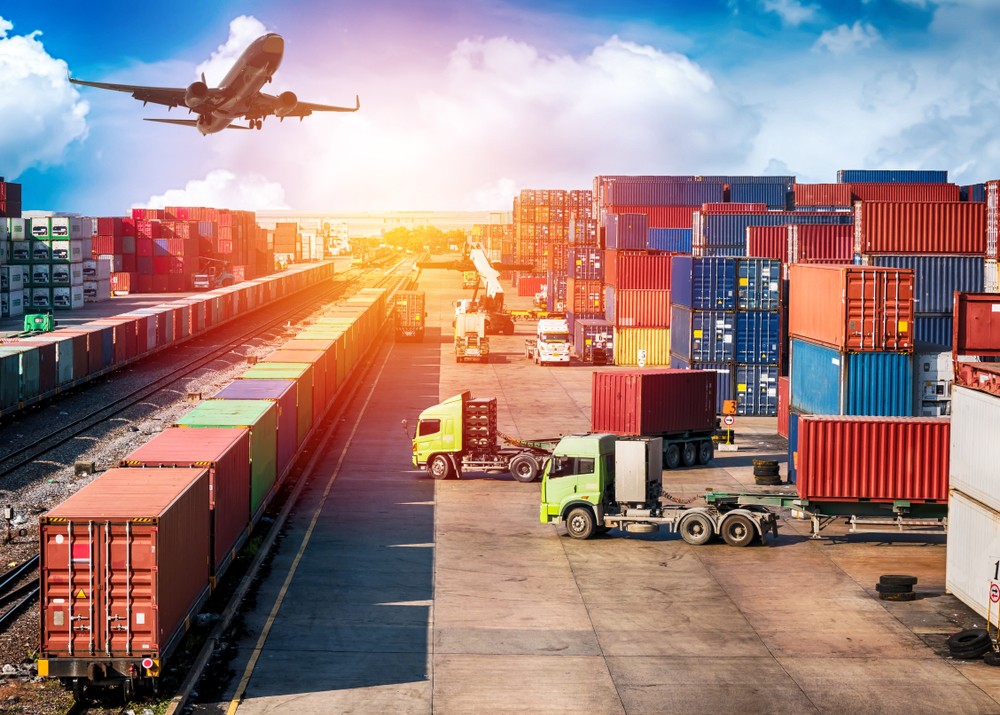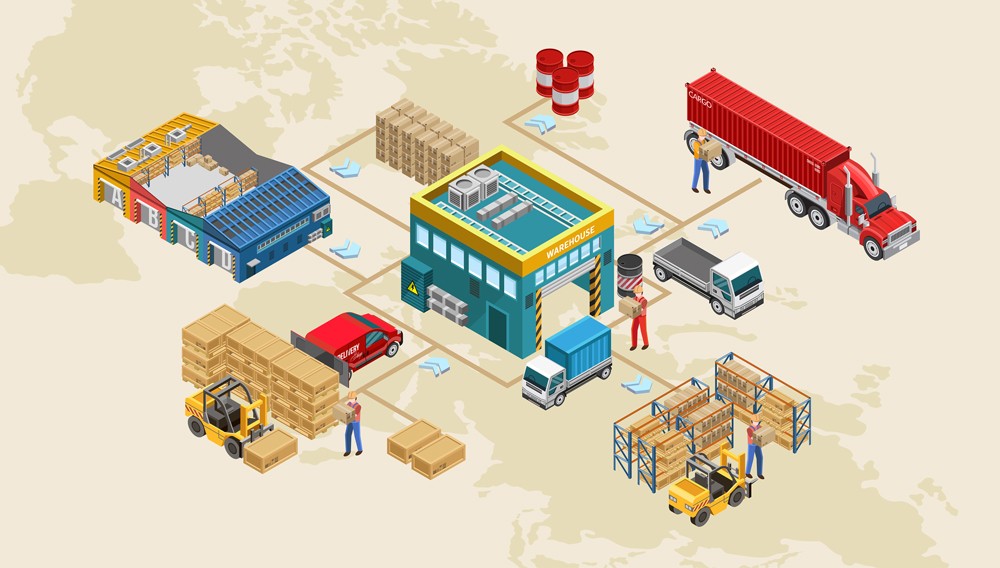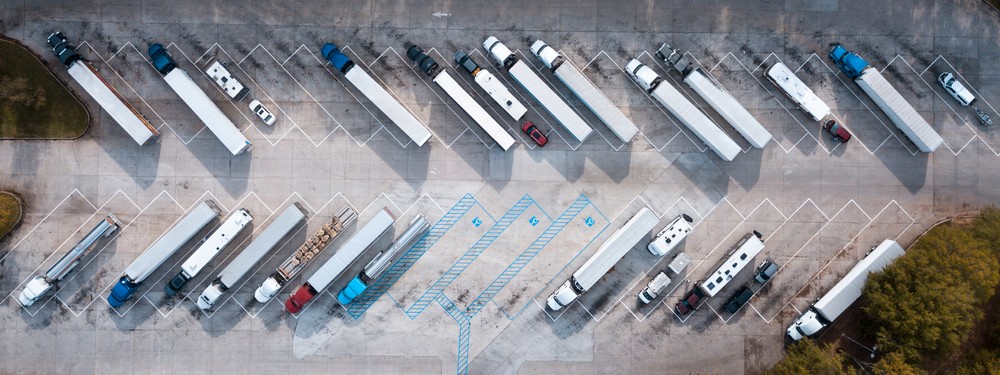Everything You Need To Know About FLOW

Since the beginning of the COVID-19 pandemic, global commerce has suffered a nonstop barrage of trials and tribulations. Supply chain disruption, worker shortages, material shortages, price increases, and one bottleneck after another. It’s taken a monumental effort for manufacturers to keep up, and several government proposals are offering help. The latest is the Freight Logistics Optimization Works (FLOW) initiative.
Announced by the White House on March 15, the FLOW initiative is meant to speed up delivery times and reduce consumer costs to address long-term weaknesses made increasingly evident by supply chain struggles.
What is the FLOW initiative?
Led by National Economic Council Director, Brian Deese, and Transportation Secretary, Pete Buttigieg, the FLOW initiative aims to tackle one of the biggest obstacles for supply chains this year: bottlenecks in port and drayage operations. The initiative will kick off with a meeting of key cogs in the domestic supply chain, including private businesses and logistics companies. The goal is to develop a “proof-of-concept information exchange” that will ultimately shed light on the cause of bottlenecks and help alleviate congestion at key ports.
This public and private sector partnership will include representatives for the ports of Long Beach and Los Angeles working alongside enterprise corporations, like Target and UPS. The hope is to develop a data collection and communication plan by the end of the summer.

A data-driven approach
The FLOW initiative’s data-driven approach involves companies at different points along the supply chain collecting and sharing valuable information regarding specific struggles throughout the chain of custody. Transportation Department officials will then share this information with all necessary parties — with the goal of gaining supply chain visibility and actionable insight into the challenges hindering domestic logistics.
“This is information like what’s the last day you can turn a container around and still have it on a ship if you’re exporting something,” said Transportation Secretary Pete Buttigieg. “What’s the warehouse capacity so that a truck driver knows when they can arrive at a warehouse and actually be able to pick something up and drop something off? When are the containers ready at the port?”
Data sharing across the supply chain will enable a comprehensive understanding of how products move to and throughout the U.S., where they face the biggest delays, and what can be done to alleviate bottlenecks.
Will FLOW be enough to get things flowing again?
FLOW won’t improve supply chains overnight. Generating data, and then mobilizing it into concrete solutions, will take time. That said, the initiative does show promise for the future — especially since it’s likely to work in tandem with other initiatives outlined in the bipartisan Infrastructure Investment and Jobs Act, which was recently signed into law. FLOW is a foundational proposal that could change our understanding of domestic supply chains and how we can shape future infrastructure to support them.

Restoring predictability to supply chains
FLOW has the potential to alleviate much of our current supply chain strife. But the efficacy of the plan hinges on variables, including the willingness of supply chain leaders to collaborate and the strategic disbursal of funds from the Infrastructure Investment and Jobs Act — and it will take time to yield results. In the meantime, it’s all manufacturers can do to navigate the ongoing barrage of challenges. For those that can adapt today, tomorrow promises some much-needed stability.